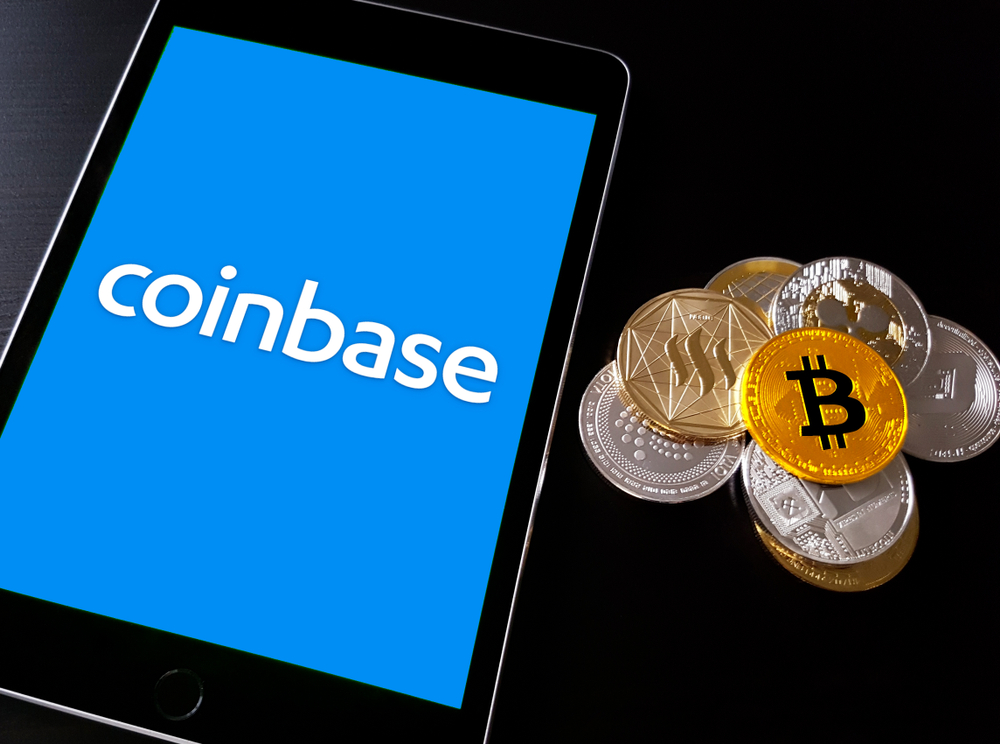In a news report, Binance stated that the organization would change the ticking level (for example, by December 14th, some spot trading pairs will have their minimum bids changed, rising marketplace exchangeability and improving the exchanging experience) is going to be finished in two stages.
For details on ticking sizings for all exchanging pairings on the platform, users should consult the trading rules.
The announcement states that the modification will not have an influence on exchanging or other significant deals. Additionally, the API modifies tick size.
A user of the API may use her GET /API/v3/exchange info command to obtain the most recent tick size. Existing spot orders are unaffected by changes to the tick level. Orders that were ranked earlier than the ticking level change are going to match the previous level.
The amount and exchangeability of the tick
It’s interesting to note that the ticking test scheme implementation has enhanced large orders’ liquidity. For both small and large orders above the top of the book, this foregrounds a significant exchangeability issue.
The latest update from Binance is anticipated to lead to larger transaction sizes, lower transaction volumes, and better value effectiveness in comparison to stable tokens.
The EOS network is currently accepting deposits and withdrawals in Tether (USDT). This occurs shortly after the famous trading service completed incorporating the Tether framework. If there is a sufficient number of possessions in the account.
New functions
By introducing a stable currency on the EOS network, Tether aims to bring no-border, efficient, and payment-free Peer2Peer price movement to those who desire it and to fully realize the possibilities of crypto-based stable tokens.
Tether Holdings, a cryptocurrency company, developed the EOS Tether smart contract, which EOS Canada then independently reviewed.
Delegated Proof-of-Stake is a clever solution used by networks running EOSIO software to address the cost and quantifiability issues that plague different blockchain-related frameworks.
EOSIO software lowers network transaction costs by enabling block producers to use more processing power to complete transactions. Because of this, the framework can direct with much shorter block intervals and greater output.







